
Photo: Sheila Newenham
Tree squirrels are rodents and are in the same order (Rodentia) as the ground squirrels, mice, rats, voles, muskrat, beaver, plains pocket gopher, and southern bog lemming.
Learn more about tree squirrels in Illinois in OutdoorIllinois Journal:
Squirrels are a source of food for owls, foxes, and other predators. They are also important to the ecosystem because they distribute nuts and acorns across the landscape.
Four species of tree squirrel occur in Illinois. All are small mammals characterized by a long and bushy tail, prominent ears, and long hind feet. None of the tree squirrels hibernate, but they do have periods of reduced activity during severe cold weather.
Fox squirrel (Sciurus niger): The fox squirrel is the largest tree squirrel in Illinois, weighing 1¾ to 2 pounds and having a length of 19½ to 22 inches. The fur is a mix of rusty-yellow with black giving an overall reddish cast. The fur on the ears, belly, and edge of the tail is lighter.
Eastern gray squirrel (Sciurus carolinensis): The gray squirrel typically weighs 1¼ pound and has a length of 17¼ to 18¼ inches. The fur is gray on the back and white to light gray on the belly. Melanistic (black), leucistic (white), and albinistic (albino) variants occur in Illinois. For example, squirrels with black fur can be found in Fisher and in Gibson City, and squirrels with white fur are common in Olney and in northeastern Illinois.
Red squirrel (Tamiassciurus hudsonicus): The red squirrel is smaller than the fox or gray squirrel, weighing approximately ⅖ pound and has a length of 11½ to 13½ inches. The fur is reddish gray on the back and whitish on the belly. Ear tufts are present in winter. Red squirrels can be found in the northeastern counties of Illinois.
Southern flying squirrel (Glaucomys volans): The southern flying squirrel is the smallest tree squirrel in Illinois; weighing approximately 2 ounces, and has a length of 8⅝ to 9¾ inches. Their fur is glossy gray to cinnamon brown on the back and white on the belly. The eyes are large, and the tail is flattened. This squirrel appears larger than it is because of the folds of skin on either side of the body that extend from the wrist to the ankle. This feature gives the squirrel its gliding capability.
Fox squirrels are common throughout Illinois, even in urban areas. Loss of mature, wooded habitat has decreased the population of gray squirrels in Illinois, although they remain common throughout the state and are locally abundant in urban areas. Red squirrels are found only in the northeastern part of the state, particularly along the Kankakee and Iroquois Rivers. Southern flying squirrels are found throughout Illinois but are most abundant in southern Illinois.
Fox, gray, and red squirrels are diurnal, meaning that they are active during the day. Southern flying squirrels are nocturnal and are active at night. All tree squirrels are active year-round, although they will take shelter in their nests during extreme cold weather. Fox and red squirrels spend more time on the ground than gray squirrels. Due to the extra skin on their sides, southern flying squirrels are able to glide from tree to tree, but they are not able to fly as their name suggests. All tree squirrels are solitary; however, since they are not territorial many may be seen in close proximity to each other, particularly if there is a good supply of food. The young often stay near the female until the next litter is born. Nests in tree cavities are preferred, but when cavities are not available squirrels will build nests of leaves in trees.
Tree squirrels play an important role in forest regeneration. Squirrels bury tree seeds and nuts as a way to cache food for use later in the season. However, they do not return for all of the seeds and nuts that they bury, and some of these later sprout and grow into trees. Squirrels are also an important part of the food web, being preyed upon by several species of avian and mammalian predators.
Tree squirrels in Illinois are not considered to be a public health concern. They can be carriers of various parasites, but none have serious public health implications.
It is not uncommon to see squirrels with patches of fur missing. Hair loss in squirrels is often caused by mange or fungal disease. Otherwise healthy squirrels can recover from mange or fungal infections.
Each squirrel species has two breeding seasons, one in winter (January and February) and the other in late spring (March) or early summer (July). Female fox and gray squirrels that are at least two years old have two litters per year; younger females have only one litter per year. The average litter size is two to four young. Southern flying squirrels may have litters of up to seven young. Young squirrels are weaned around eight weeks of age.
Like most rodents, tree squirrels have a relatively short lifespan. Most live only a year or two. Hawks, owls, foxes, and coyotes all depend on squirrels as a food source.
Squirrels are excellent climbers and jumpers. They are well known as unwelcome guests at bird feeders. Besides consuming seed, they may damage bird feeders by chewing on them. They may also occasionally damage lawns when they dig holes to cache food. They will sometimes damage garden plants, particularly corn. While these behaviors are inconvenient, they can usually be handled by modifying the habitat or excluding the squirrels.
In urban areas, squirrels may cause substantial property damage when they chew through siding or enlarge openings to gain access to attics. Once inside a building they may do further damage if they chew on insulation or electric wiring. Squirrels may also cause power outages when they short out transformers.
It will likely be necessary to use several techniques to control property damage by squirrels. Exclusion is typically the most effective method.
Since squirrels can jump up to 10 feet, trim tree branches back at least that distance from buildings to prevent squirrels from accessing the building.
If squirrels are a problem around bird feeders, provide corn for the squirrels away from the bird feeders, or use bird feeders with squirrel deterrents such as baffles.
To prevent squirrels from climbing on isolated trees or power poles, attach a two-foot-wide metal collar around the tree or the pole six feet off the ground. On trees, attach the metal collar with wires held together with springs to allow for growth.
Regularly check buildings on the property for places that need repair. Repair holes and openings as soon as they are noticed, making sure not to trap animals inside. If a hole is found, loosely stuff newspaper in the opening. If the paper has not been moved after two or three days, it is safe to proceed with repairs.
There are a couple of taste repellents that can be used to discourage squirrels. Capsaicin is a readily available repellent made from red peppers. It can be used to treat birdseed to discourage squirrels from raiding bird feeders. Capsaicin does not affect birds and is safe to mix with birdseed. Ro-pel is another taste repellent that can be effective at discouraging squirrels. It may be applied to seeds, bulbs, trees, shrubs, fences, siding, and outdoor furniture.
Placing a light (mechanics or strobe) or radio in the attic may temporarily discourage squirrels from using the area, but once they become accustomed to the device it will no longer be effective.
If you need assistance with removing a squirrel from a building, you can call a nuisance wildlife control operator, who will trap the squirrel for a fee.
If you are going to trap a tree squirrel (even if it will be released onto the same property), you will need a permit from an Illinois Department of Natural Resources district wildlife biologist. The biologist can provide options for resolving problems, including issuance of a nuisance animal removal permit.
If squirrels are inside the building and will not leave, set live traps to capture them for release outside, or install a one-way door over the opening so that animals can leave but not enter the building. An 18-inch-long section of 4-inch-diameter plastic pipe pointed downward at a 45-degree angle can be placed in the access hole instead of a one-way door. If the opening is large, heavy wire mesh (½-inch squares) can be placed over the opening. Once all animals are out of the building, repair the opening.
The IDNR has more information about hunting Game animals. Current hunting and trapping seasons can be found in the Illinois Digest of Hunting and Trapping Regulations or in the Legal Status section below.
In Illinois, all tree squirrels are protected by the Wildlife Code. Fox and gray squirrels are protected as small game species. Current hunting and trapping seasons can be found in the Illinois Digest of Hunting and Trapping Regulations.
In urban areas, squirrels may be trapped and released if a nuisance animal removal permit is issued by an Illinois Department of Natural Resources district wildlife biologist.
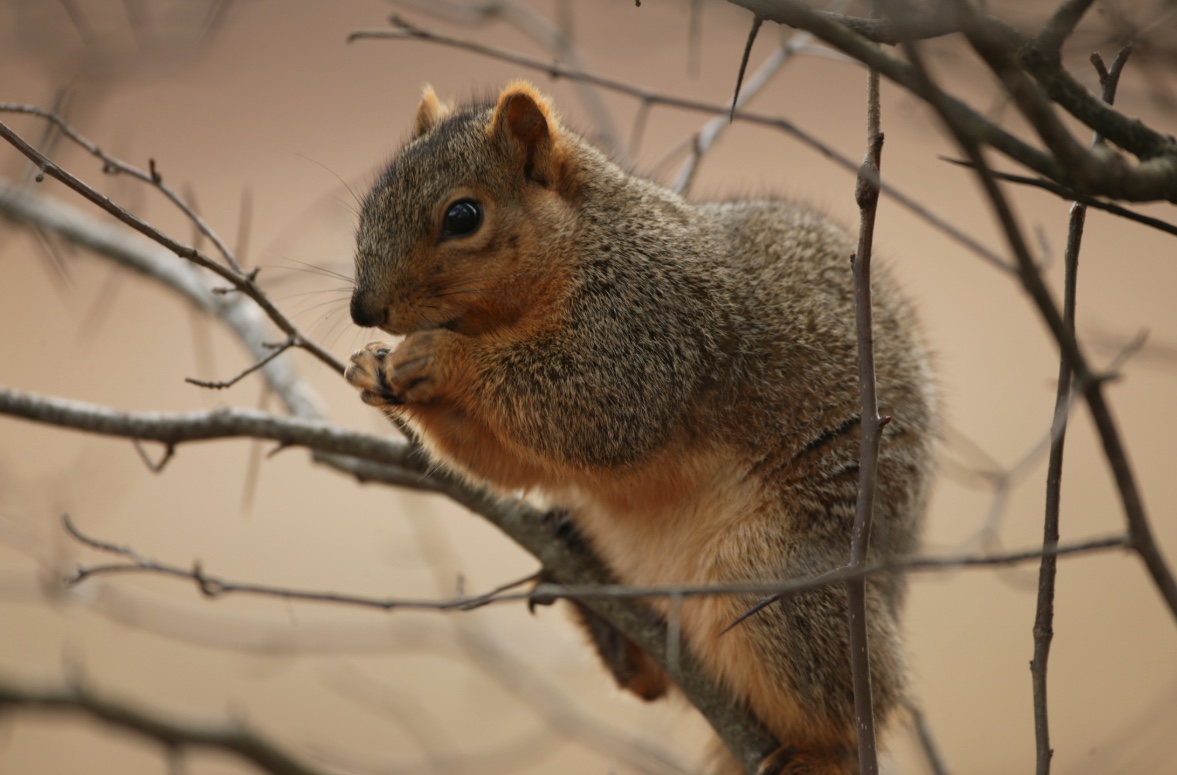
Photo: Adele Hodde, IDNR

Photo: Jim McCormac
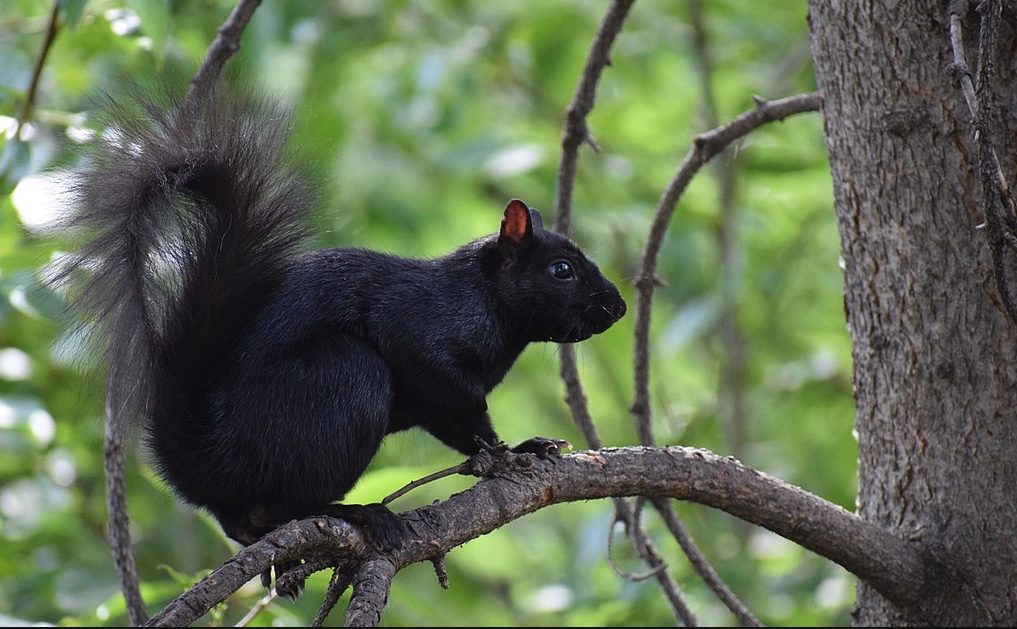
Photo: crazyjoepaul, CC ASA 4.0 International
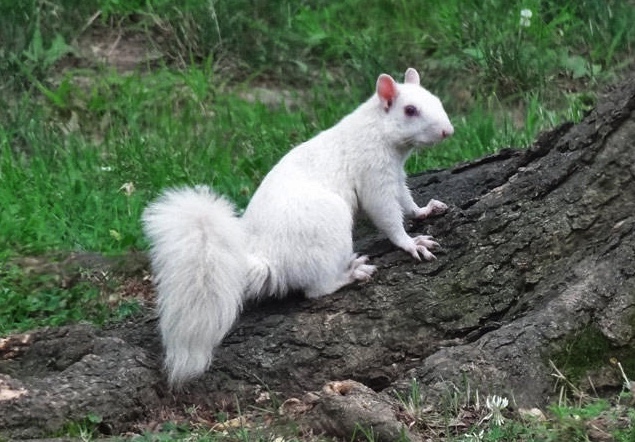
Photo: Scott Shetler
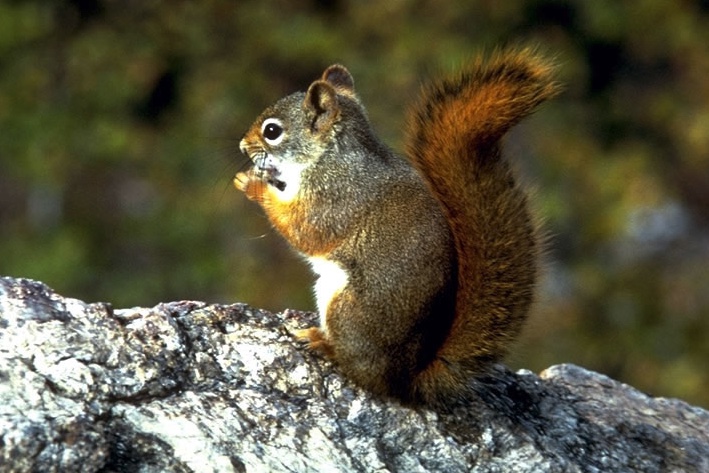
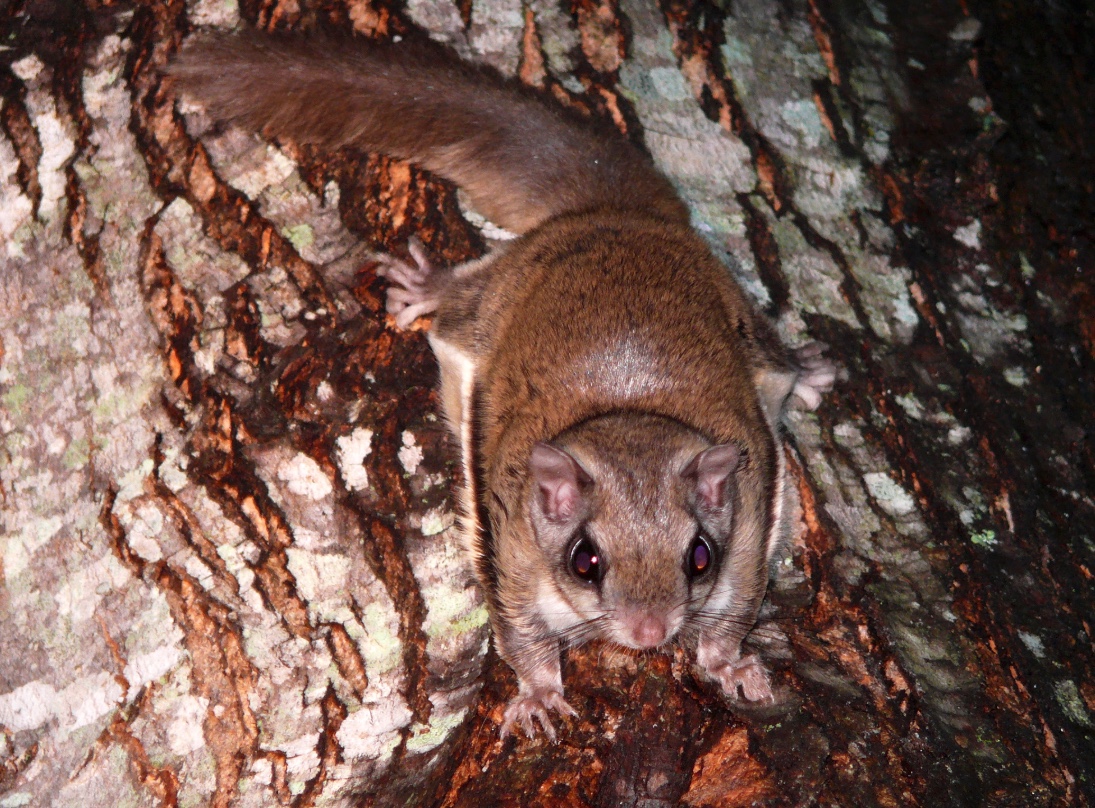
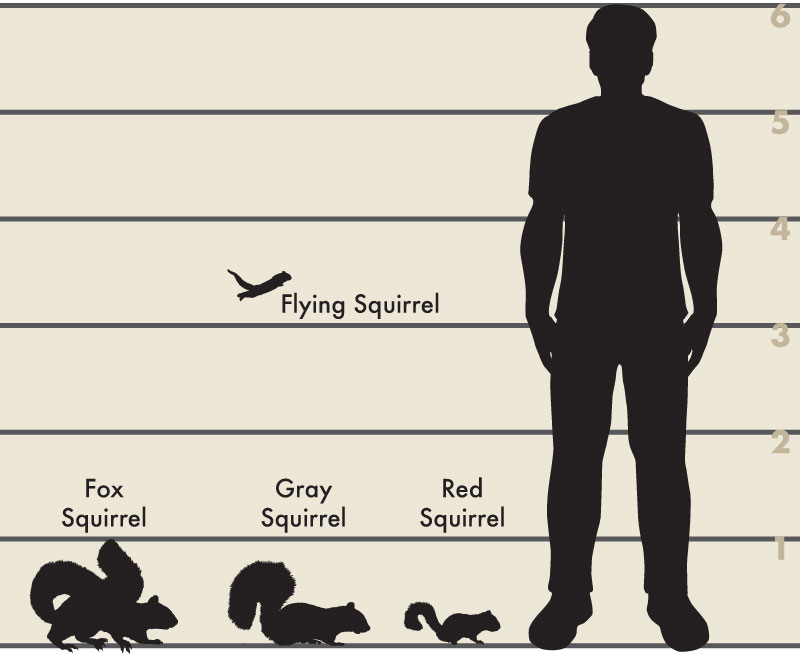
Illustrator: Lynn Smith
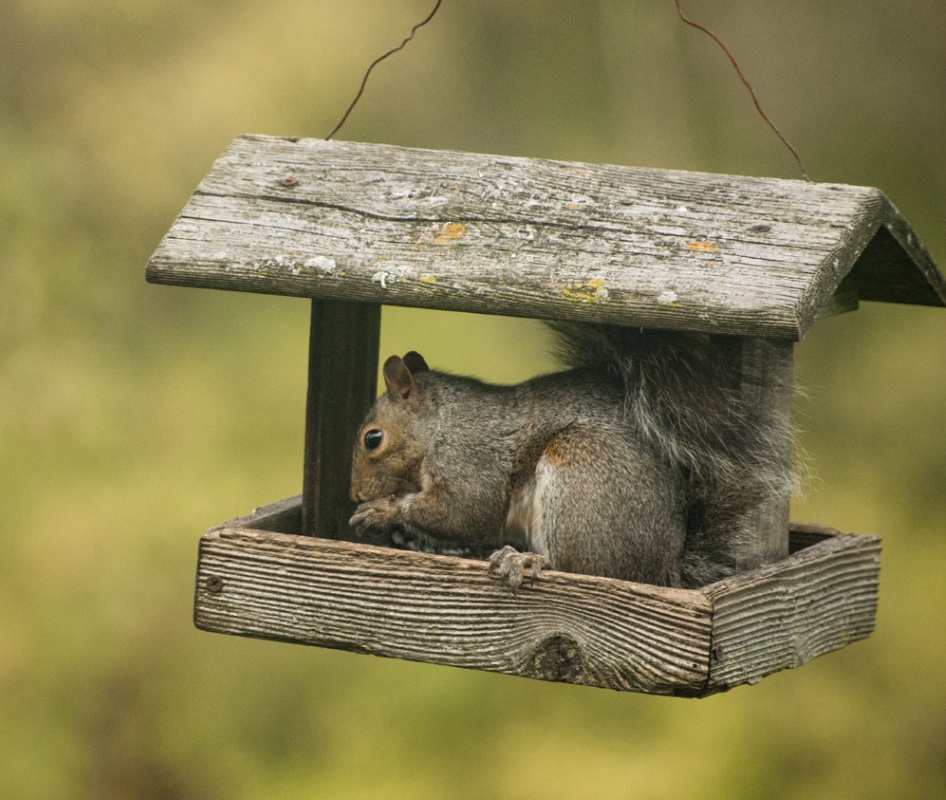
Photo: Sheila Newenham
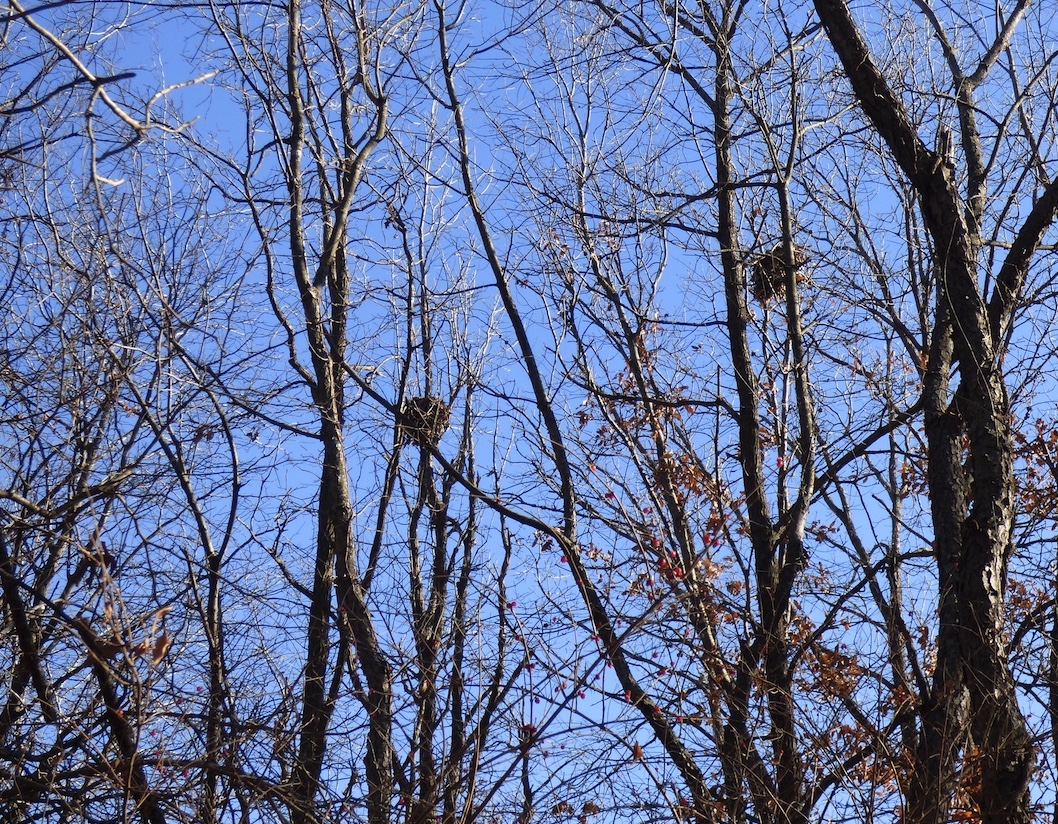
Photo: Jared Duquette
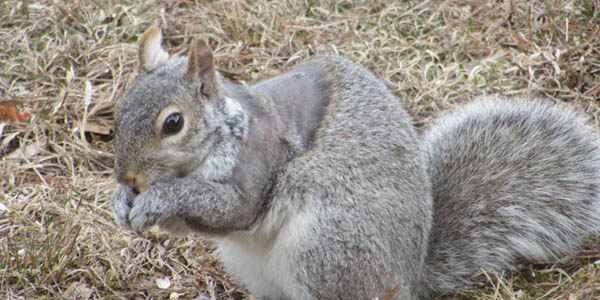
Photo: Eileen Beatrice
The Wildlife Illinois website was authorized by the Illinois Department of Natural Resources (IDNR) in partial fulfillment of project W-147-T. The website was developed by the National Great Rivers Research and Education Center, 2wav, and the IDNR in partnership with the United States Department of Agriculture Animal and Plant Health Inspection Service Wildlife Services and University of Illinois Extension to provide research-based information about how to coexist with Illinois wildlife.